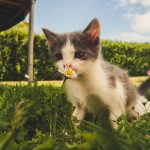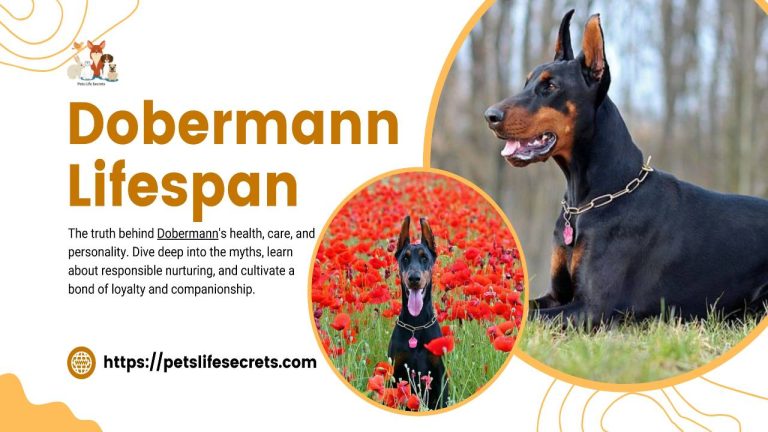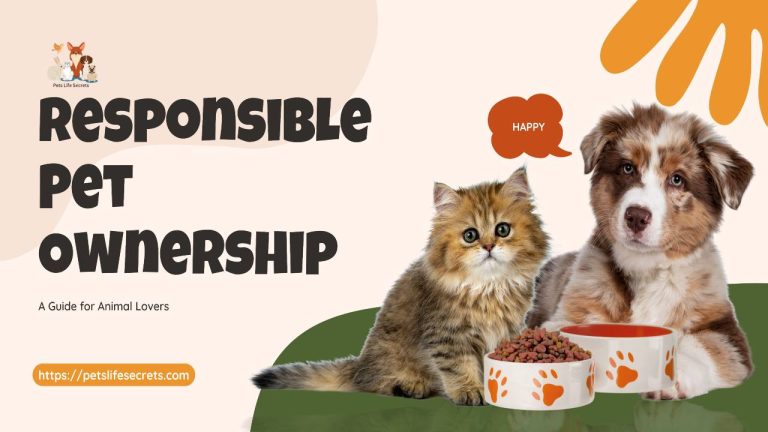Cockatoos , Learn about the lifespan, care, and characteristics of cockatoos as pets. Discover the diverse species, from Moluccan to Sulphur Crested, and their unique personalities. Find valuable insights on nutrition, cage requirements, grooming, and bonding. Avoid common misconceptions and gain a deeper understanding of these intelligent birds. Start your journey with cockatoos at hozonefly.com.
Cockatoos have gained significant popularity as pets, and they are widely recognized as one of the most well-known parrot breeds. Whether it’s their intelligence and lively demeanor, which often captivate people and lead to viral videos on the internet, or their demanding nature and tendency to become problematic if their needs aren’t met, cockatoos are a unique bird species that requires careful consideration before adoption.
Before bringing a cockatoo into your home, it is crucial to thoroughly evaluate the responsibilities associated with their care, handling, and temperament. Each species of cockatoo has its own personality and specific care requirements. It is essential to conduct thorough research, consult with professionals, and ensure you have everything necessary to provide the best quality of life for your new pet cockatoo.
By doing so, you can avoid the common mistake of removing a cockatoo from a breeding facility where it receives adequate care and placing it in an environment where its needs and behaviors are not understood. Sadly, this often leads to the bird being returned to a refuge, zoo, sanctuary, or rescue organization. It is crucial to note that a cockatoo is not suitable as a first pet or for individuals with limited experience in bird ownership.
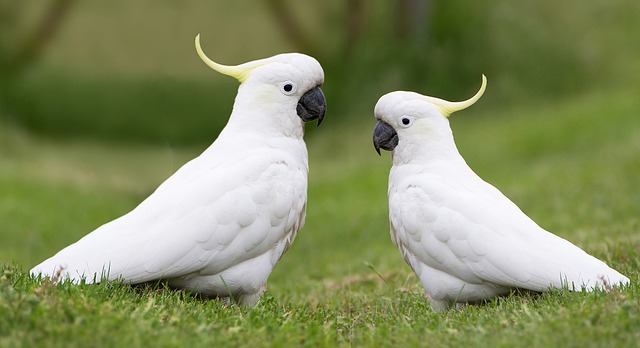
Table of Contents
UNVEILING THE COCKATOOS
- Moluccan Cockatoo
Cockatoos are known for their impressive lifespan, with some reports indicating that these birds can live up to 100 years, even in the wild. However, when kept in captivity, their lifespan is typically shorter, ranging from the 30s to 40s due to inadequate diet, lack of proper care, and limited exposure to sunlight and fresh air.
Despite not possessing vibrant and colorful plumage like other parrot species, cockatoos are still beautiful birds. The Umbrella Cockatoo, for instance, stands out with its white feathers. Cockatoos, in general, have erectile crest feathers on top of their heads, which they raise depending on their emotional state, such as feeling threatened, angry, excited, or ready to play. Among the notable cockatoo species, the Palm Cockatoo, a member of the Australian black cockatoos, has a unique plumage that mixes black with a touch of red.
Cockatoos come in various sizes, ranging from medium to large. The smallest species with white plumage is the 12-inch Goffin’s Cockatoo. The Galah Cockatoo, measuring around 14 inches, is widely recognized and known for its gray and pink colors. On the other hand, the great Sulphur Crested Cockatoo is one of the largest cockatoo species, measuring about 20 inches. The choice of species should not solely rely on personal preference but rather on whether the conditions for keeping a cockatoo as a pet can be met.
TAKING BABY STEPS
- Sulphur Crested Cockatoo
As mentioned earlier, each cockatoo species has its own unique personality and care requirements. With over 20 different species, it is essential to choose one that aligns with your preferences and capabilities. Additionally, the natural habitat of cockatoos varies, ranging from humid forests and plains to dry or arid climates, primarily found in Australia and Indonesia.
When deciding which cockatoo to adopt, it is vital to understand that bringing a new pet into your life comes with a complete package of responsibilities.
NUTRITION
- Galah Cockatoo
As with any living creature, providing a healthy and suitable diet is crucial for the well-being of cockatoos. While seeds are often a popular choice, they should only constitute a maximum of 10% of the overall diet. Seeds have limited nutritional value and do not provide essential elements like calcium and vitamins, which are vital for the bird’s health and disease prevention.
The diet should primarily consist of fresh fruits and vegetables, excluding toxic foods such as avocado and chocolate. It is advisable to consult with a specialist to ensure a balanced diet and incorporate formulated pellets as the main component. Treats can be used for training and playtime purposes.
CAGE
- Cockatiel
The size of the cage does not necessarily have to match the bird’s size. A smaller cage can suffice as long as it provides a place for sleep, rest, and safety. However, cockatoos require significant time outside the cage, either indoors or outdoors, for exercise and mental stimulation. If an indoor cage is used, it should be spacious, and an outdoor aviary is recommended for providing ample space for flying and comfort. Cockatoos are highly intelligent and curious birds, so it is essential to ensure that the cage is secure, with additional measures such as padlocks to prevent the bird from escaping.
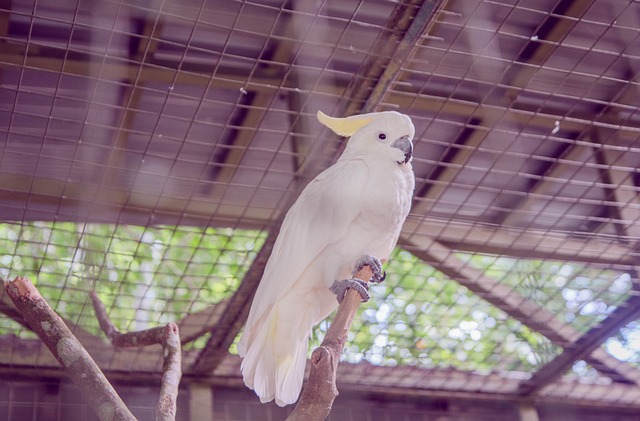
HYGIENE AND GROOMING
Bathing experiences can vary for cockatoos. While some birds thoroughly enjoy it, others may find it stressful. It is crucial to introduce bathing carefully and positively reinforce the activity with treats and rewards. Cockatoos exhibit different bathing preferences, such as diving into water or splashing in it. Discovering what your bird enjoys the most will help ensure regular bathing, which is typically done on a weekly basis.
Like cats, cockatoos are capable of self-cleaning to some extent, but they may require assistance from their human companions, especially in hard-to-reach areas. Regularly running your fingers through the feathers around the neck and head helps maintain cleanliness and prevents the buildup of dust and debris. Pay attention to any allergic reactions in individuals sensitive to birds or other pets. Nail and beak trimming, as well as wing feather clipping if necessary, should be performed with caution.
Maintaining cleanliness in both the living environment and the bird’s cage is essential. Use bird-safe cleaning products, clean food and water bowls regularly, and change the cage floor daily to monitor the bird’s health and eating habits. A more thorough cleaning of the cage itself should be done monthly to ensure a healthy and hygienic environment for your cockatoo.
BONDING
Building a strong bond with your cockatoo requires time and effort. The amount of time spent with your bird will depend on your current circumstances, such as other pets or children in the household. Cockatoos can become jealous and may exhibit aggressive behavior towards other pets or individuals who receive more attention. Introducing them to other pets or new cockatoos when they are young can increase the likelihood of positive interactions and reduce potential conflicts. Providing ample toys for mental stimulation is also crucial to keep them entertained.
Positive reinforcement is key to bonding with cockatoos. Taking the time to understand their behaviors, needs, and boundaries will help establish trust and create a mutually rewarding relationship. If you are unable to devote enough time to a single cockatoo, considering getting a pair is a viable option. However, it is essential to ensure that you can handle the responsibilities of multiple birds. Consulting with experts before making this decision is strongly advised.
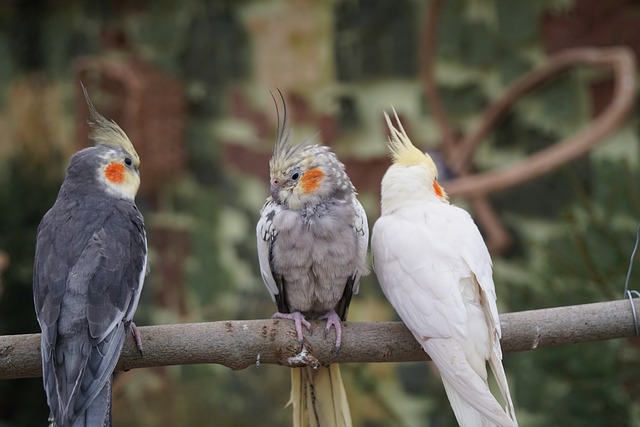
Click Here For: Exploring The Delicate Art Of Senegal Parrot Care
DISCLAIMER
There are misconceptions circulating on the internet, such as the notion that cockatoos are noisy and demanding birds. Some believe that excessive attention and affection are necessary to prevent negative behaviors like feather plucking. However, it is crucial to recognize that humans are often the underlying issue. To avoid such problems, it is essential to thoroughly educate yourself about cockatoos and commit to meeting their specific needs.
It is advisable to acquire a young cockatoo that is at least one year old. This allows them to develop some independence and reduces their reliance on constant attention. In the wild, cockatoo parents are highly affectionate with their chicks and provide care until they are self-sufficient. By providing an adequate amount of time for this crucial stage, the cockatoo will be less prone to seeking excessive attention. Establishing boundaries early on is also essential, as it enables the bird to develop independence and engage in solo play without becoming overly reliant on their owner.
If you and your family go on a trip, consider taking your cockatoo along, as they thrive in diverse environments and enjoy new experiences. Cockatoos, like children, have a natural curiosity and a desire to explore. Providing a variety of activities and avoiding repetitive routines will help prevent boredom. While cockatoos can make excellent pets, it is important to commit to their care and provide the necessary attention. Let this article serve as an eye-opener and guide you in becoming the best cockatoo owner possible. For those looking to start with a more manageable species, the Cockatiel is a good option to consider.
Frequently Asked Questions (FAQs) about Cockatoos
Q: What is the lifespan of a cockatoo?
A: Cockatoos have an impressive lifespan, with some individuals living up to 100 years in the wild. However, in captivity, their lifespan is typically shorter, ranging from the 30s to 40s.
Q: Are cockatoos suitable as first pets?
A: Cockatoos are not recommended as first pets, especially for individuals with little to no experience with birds. They require specialized care, attention, and understanding of their unique needs.
Q: What should I feed my cockatoo?
A: A well-balanced diet is crucial for the health of your cockatoo. While seeds can be included in their diet, they should only make up a small portion. Fresh fruits, vegetables, and formulated pellets should be the main components of their nutrition.
Q: How should I maintain the cleanliness of my cockatoo’s cage?
A: Regular cleaning is essential for a healthy living environment. Clean the food and water bowls daily, change the cage floor regularly, and perform a thorough cleaning of the cage monthly. Always use bird-safe cleaning products.
Q: Can cockatoos be kept with other pets?
A: Cockatoos can coexist with other pets, but careful introductions and supervision are necessary. It is important to ensure that the other pets do not pose a threat to the cockatoo, and proper socialization should be facilitated.
Q: How can I bond with my cockatoo?
A: Building a strong bond requires time, patience, and positive reinforcement. Spend quality time with your cockatoo, engage in interactive play, and provide mental stimulation through toys and activities. Consistency and understanding of their behaviors will help foster a trusting relationship.
Q: Do cockatoos require bathing?
A: Yes, cockatoos need regular bathing to maintain their plumage and hygiene. While some cockatoos enjoy bathing, others may require a gradual introduction. Offer bathing opportunities and monitor their preferences to ensure cleanliness and comfort.
Q: Are cockatoos noisy?
A: Cockatoos have the potential to be noisy, especially when their needs are not met. However, proper care, attention, and training can help reduce excessive vocalizations and minimize noise levels.
Q: Can I travel with my cockatoo?
A: Yes, it is possible to travel with your cockatoo. They enjoy being part of new experiences and diverse environments. However, careful planning and preparation are necessary to ensure their safety and well-being during the journey.
Q: Can I keep multiple cockatoos together?
A: Yes, keeping multiple cockatoos together is possible, but it requires careful consideration and proper management. Introduce them when they are young and ensure sufficient space, resources, and attention to prevent potential conflicts. Consulting with experts is advisable when considering multiple cockatoos.





